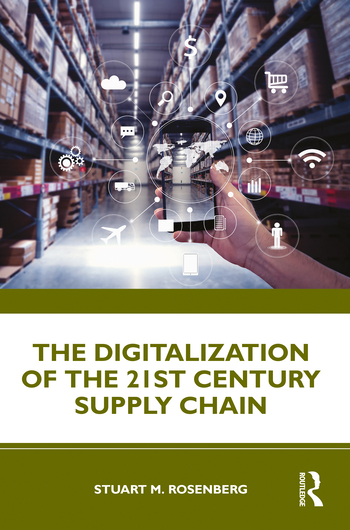Editorial: Investing in the Future
The auto industry fueled much of this buying frenzy with its zero-percent financing program, of course. GM rarely discounts the Corvette, so when the company included it in the new financing deals, sales jumped more than 60 percent. Trucks fared even better. Ford sold 102,000 F-series pickups in October, marking the first time that a pickup truck passed the 100,000 per month mark. In fact, Ford pickups were the biggest-selling vehicle of any kind for the month.
It seems incongruous that, at the same, manufacturers say they will spend less on assembly technology next year than they did this year. According to ASSEMBLY magazine¿s sixth annual capital equipment spending survey, U.S. assembly plants will spend a total of $2.13 billion on new equipment during 200220 percent less than the $2.66 billion projected to be spent during 2001.
For the first time in the 6-year history of the survey, the number of manufacturers that will spend less on assembly technology next year is greater than the number that will spend more. To put this in perspective, in the previous 5 years, manufacturers that planned to spend more on assembly technology in the following year outnumbered those that planned to spend less by a 2-to-1 margin. Read senior editor John Sprovieri¿s report, starting on Page 30, for the whole story.
Americans probably won¿t continue buying cars, particularly the big gas-guzzlers, at the rate we saw in October, especially if fuel prices jump. Car companies aren¿t exactly turning those sales into stellar profits, either. An automaker¿s largest profits typically come from financing programs, but not at zero percent. And even though the car companies are enjoying a temporary jump in sales, most of manufacturing continues to struggle in an economic quagmire.
However, as lawmakers continue wrangling over how best to stimulate the economy, the fact remains that whatever the Congress does, manufacturers can¿t generate the profits they need to survive and grow without continuously investing in new production equipment. Whether it¿s by cutting the capital gains tax, eliminating the archaic capital depreciation rules, or some other approach, Congress must at least make it possible for U.S. manufacturers to invest in capital equipment and have a realistic expectation of earning a return on the investment. The downward economic spiral will only accelerate if manufacturers continue to be constrained from investing in their futures.
Looking for a reprint of this article?
From high-res PDFs to custom plaques, order your copy today!





